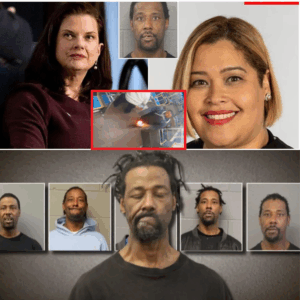Forget the old mystery solution, “It was Mrs. Peacock, in the library, with the candlestick.” In blending the horror and detective genres, there’s rarely an ordinary criminal in the suspect pool including Jack the Ripper, mutants, and cannibals. In True Detective: Night Country, the Alaskan night sky isn’t the only darkness where an increased dose of horror is raising the stakes, much like what Season 1’s spooky atmosphere did, this time, Jodie Foster and Kali Reis seem to actually be dealing with the supernatural. The fourth season of True Detective is making the case (pun intended) that the detective genre should embrace horror more, and it’s not the only TV show with bloodied, spine-chilling evidence to back up the argument.
‘Night Country’ Is the Scariest Season of ‘True Detective’ Yet
State Trooper Navarro (Reis) and Chief Danvers (Foster) get access to the last video of Annie K (Nivi Pedersen), who’s attacked in an ice cave, her horrified screams lingering after she is out of sight, much like in The Blair Witch Project (1999), where found footage captures a woman’s terrifying final moments. The déjà vu for horror cinema is purposeful, with several of the references being more explicit than others. Night Country showrunner Issa López had an interview with the LA Times, talking about how The Thing and Seven influenced her while she developed the season, as well as the personal tragedy of losing her mother at a young age. In the interview, she said, “–you have this feeling, even if you know rationally that this person is dead and gone, a part of you is kind of expecting to find them around the corner throughout your entire life.”
‘True Detective: Night Country’ Uses Ghosts to Develop the Plot
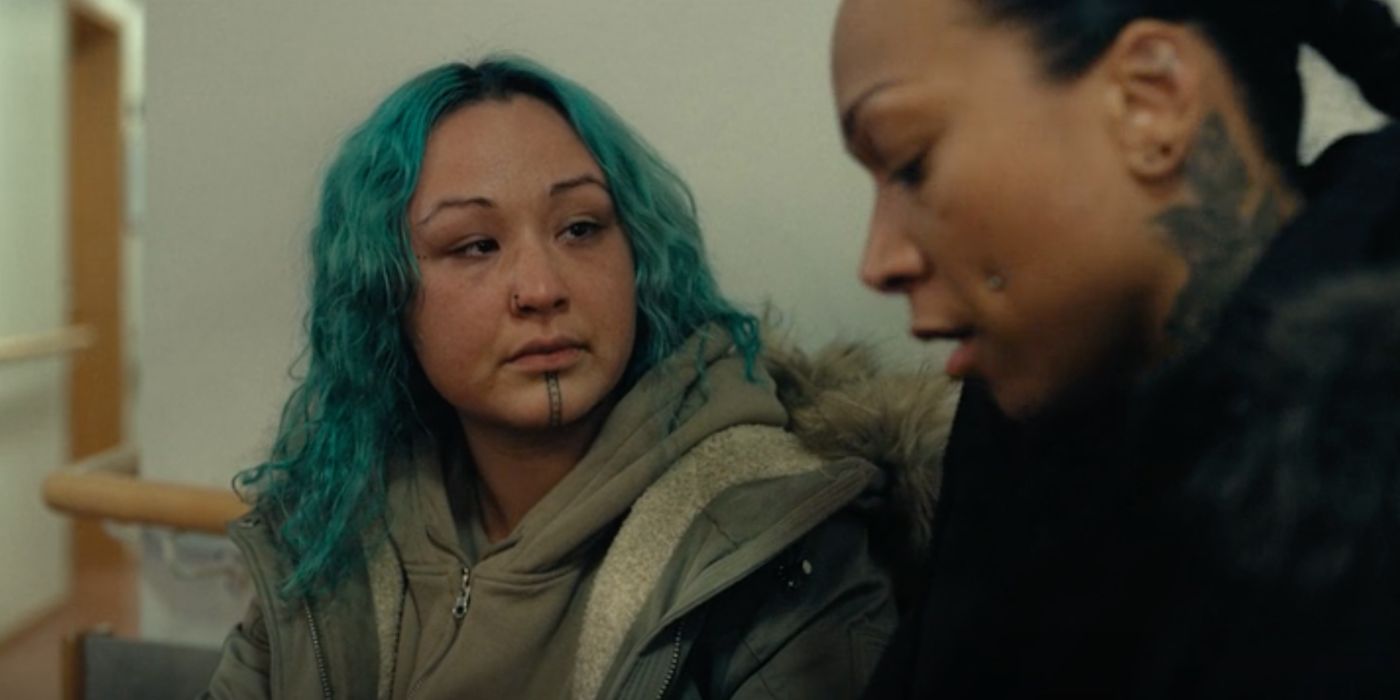
Navarro quickly gets rid of it, while Julia’s mental health is so severely triggered that she decides to end her life. The siblings’ encounters have unearthed how deeply affected they were by their mother’s unsolved murder. Issa López uses ghosts to remind viewers of the heavy tragedy of death and how the living are forced to carry the weight, but not everyone can handle it. With things going bump in the long-lasting night on Night Country, this True Detective installment is joining other TV shows that know murder mysteries don’t have to be cozy whodunits or traditional police procedurals — they can be investigations into the creepy and inexplicable.
Horror-Detective Shows Don’t Solve Regular Crimes
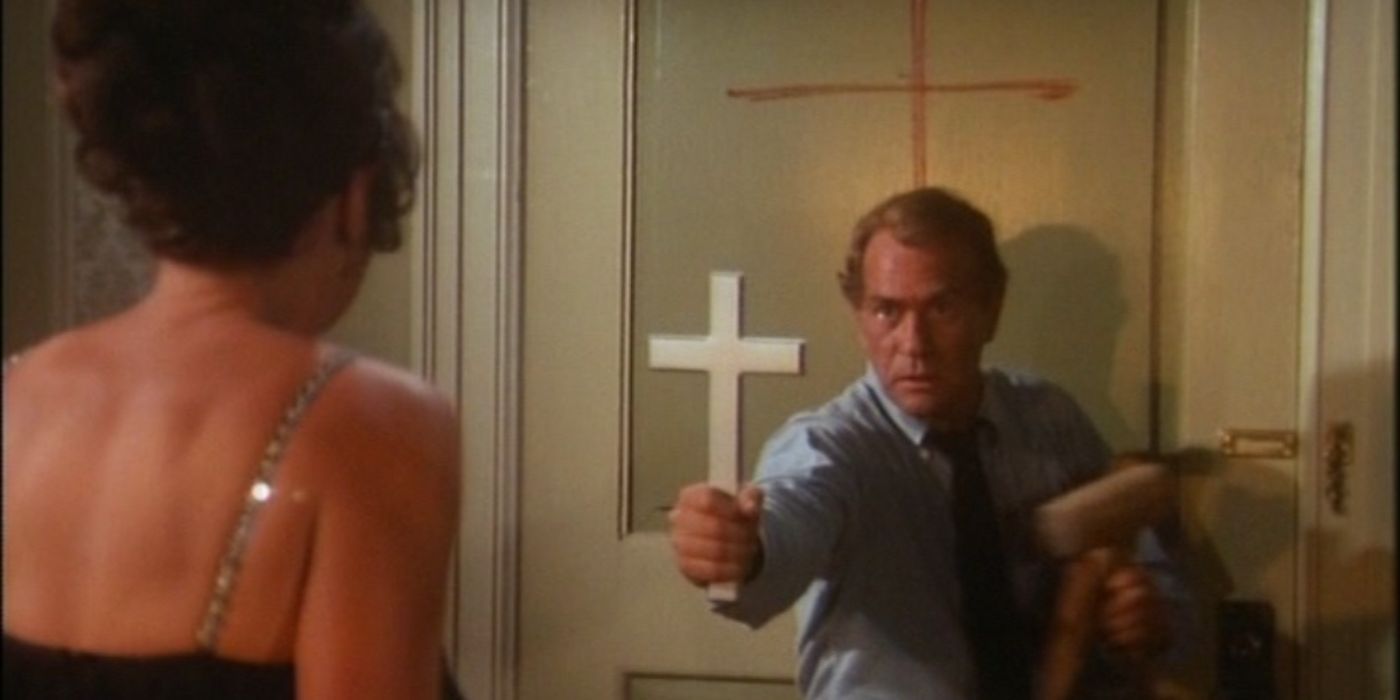
In Night Country, Issa López has created the icy, secluded town of Ennis where everything is off-kilter. Other than the frozen researchers, there are a great number of Indigenous fatalities. Polluted water is killing babies. Recent and older spirits are roaming about. The supernatural horror fits easily into the True Detective world, and a big part of that is thanks to the extreme setting of icy weather and endless nights. The sun’s absence has made Ennis appear like it exists away from the normal rules of how the world works. Day and night aren’t the same, maybe the boundaries for the living and the dead aren’t either. And while Kolchak might have given an early template for horror-detective shows, The X-Files updated it. In it, FBI agent Mulder (David Duchovny) accepts otherworldly events, while agent Scully (Gillian Anderson) is patient for a rational explanation, a trope that can be seen between Danvers and Navarro, who are constantly at odds with each other.
When FBI Agents Became Monster Hunters
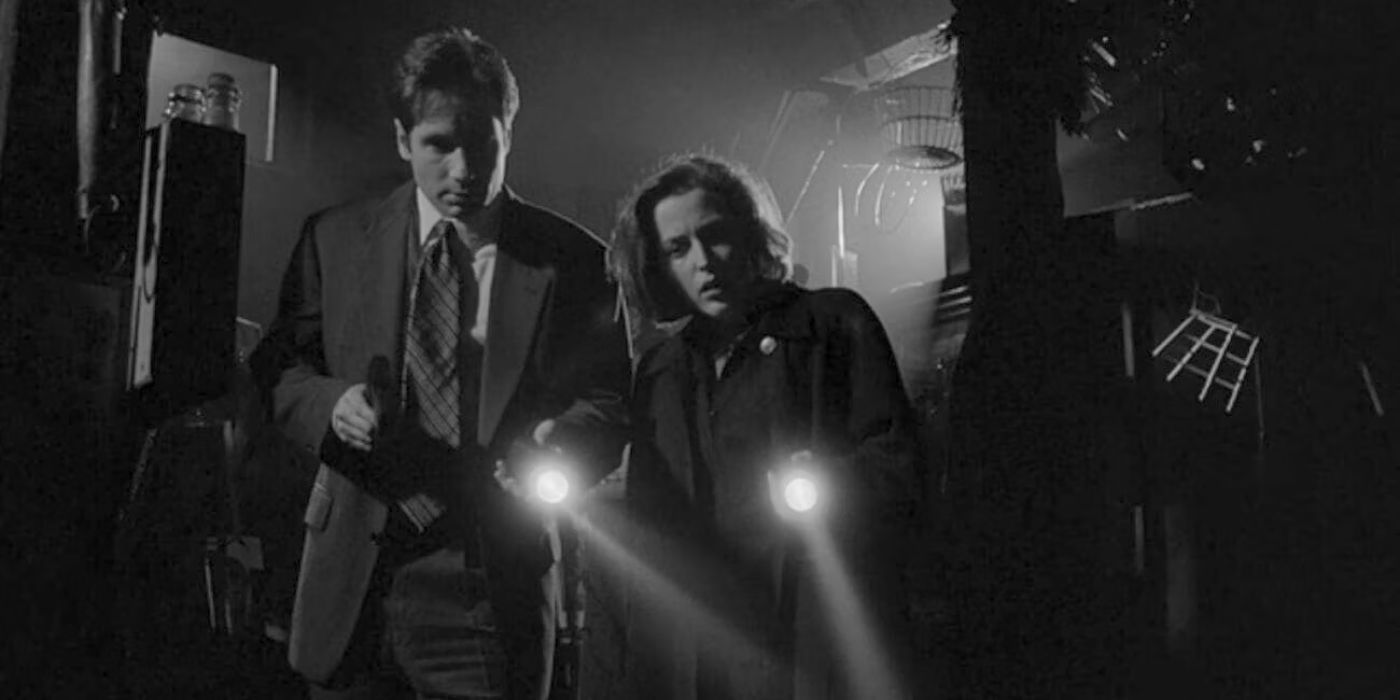
While True Detective is not episodic like The X-Files, they share the storytelling decision about what plotlines don’t get resolved. Mulder and Scully’s scariest mysteries were the monster-of-the-week cases, utilizing otherworldly villains over your average criminal. A flukeworm-human mutant and a murderous inbred family starred in episodes that were left open-ended, without seeing justice served in the monsters getting apprehended (like Kolchak: The Night Stalker). True Detective has done this before, leaving parts of a season’s central mysteries unresolved: Season 1’s killer is caught, but the truth behind the Tuttle cult is covered up.
‘Hannibal’ and ‘True Detective’ Get Creative With Their Murders
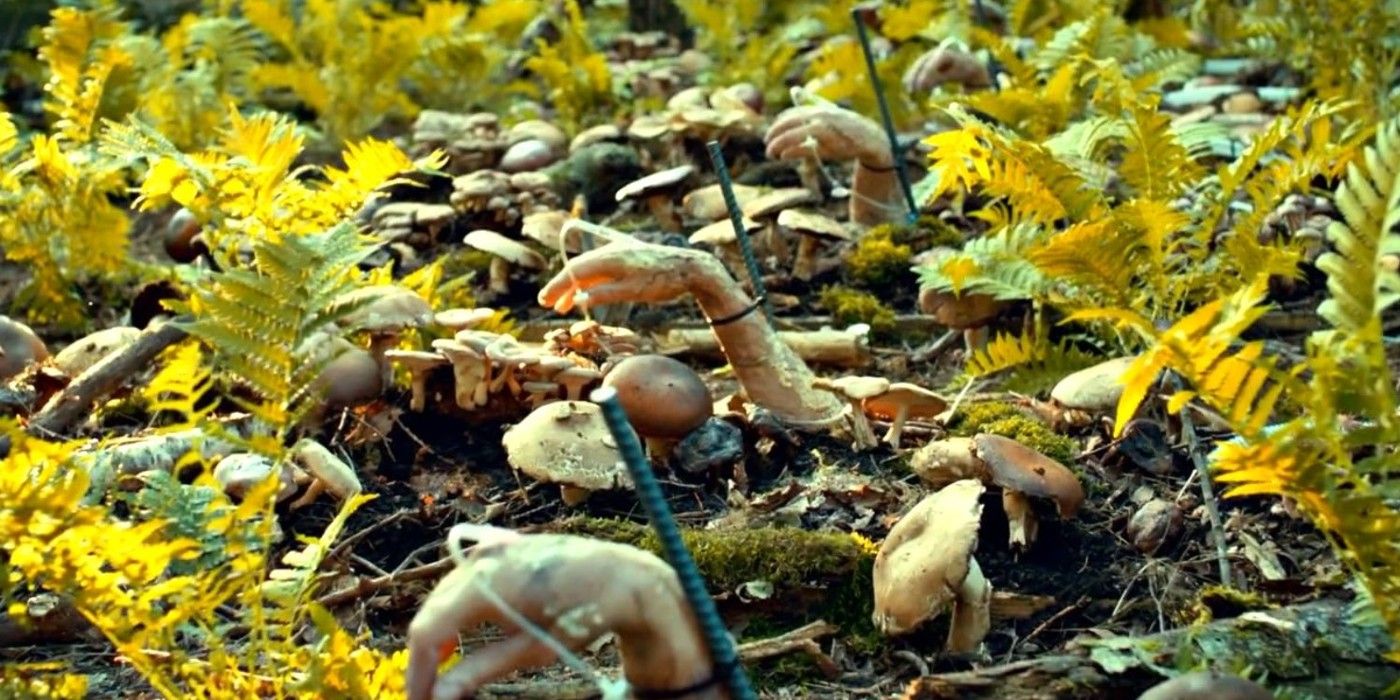
The violence across the three seasons of Hannibal is both beautiful and grotesque. When Dr. Hannibal Lecter (Mads Mikkelsen) isn’t preparing gourmet meals from human organs, episodic killers are committing elaborate murders where victims are not simply killed off, they are turned into cerebral, morbid artwork. As if crafted by body-horror masters David Cronenberg or Clive Barker, these atypical killers slice open someone’s back to become angel wings, carve out a head to become a beehive, or grow mushrooms from people buried alive in gardens. Viewers may not be able to look away from the vivid murders, although the macabre bodies could produce the seeds for nightmares when it’s time to sleep.
The icy cluster of corpses in Night Country wouldn’t be out of place on Hannibal. The horrific final moments for the Tsalal researchers are almost like a mural from hell, where their tormented faces cannot be undone when they are thawed. The X-Files put the creeps into the police procedural formula in the ‘90s; Hannibal did the same in the 2010s, each series keeping viewers unsure of what to expect when they watched. The murders in these shows make it clear that the journey to death can be worse than the destination.
The Horror and Detective Genres Are a Match Made in Heaven
Ennis, Alaska is a haunted place, where lights flicker in the empty Tsalal institute, and an orange that Navarro throws into the dark, rolls back to her feet. “She’s awake,” a frightened researcher says, an ambiguous statement that could mean an entity or a human. Danvers sees the life-size, scarred polar bear that was her dead son’s stuffed toy, and Navarro sees her sister’s ghost. True Detective: Night Country is the current horror-detective entry where the murders can be nightmare fuel and paranormal activity seems to be lurking in the snowy landscape.
Kolchak: The Night Stalker and The X-Files might have put tropes in place, but modern shows continue to pull viewers into the darkness, like The Outsider and Evil. First, Carl Kolchak was snooping, and then FBI agents Mulder and Scully searched for the truth. Now, Chief Danvers and Trooper Navarro join the ranks of fellow investigators who may not wholly understand the threat they’re going against, but they are stubborn enough to charge ahead and make the world a safer place.
